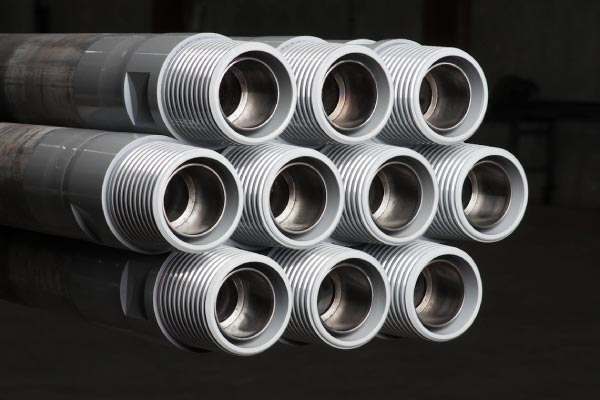News
Keep up with drilling news, product releases and information on how to get the most out of your gear.

The Faces of Harlsan: meet Jorden Hooks
Australian-owned industry leader Harlsan lifts the veil on the people behind the products: Meet Jorden Hooks, a young talent who is proud to be working for an Australian company with such extensive global reach. Seven years ago, Jorden Hooks joined Harlsan, straight...
One year of manufacturing in Perth
November 2021 marked one year since Harlsan started manufacturing in Perth. Managing two busy workshops 600km apart is no mean feat, but our robust systems and processes ensure a clear interface between Perth and Kalgoorlie. In its first 12 months of operation, the...
Harlsan welcomes new management
But they’re by no means new faces. If you've done business with Harlsan during the last 15 years, then you would have dealt with Matt Bevan. Matt started his journey with Harlsan as a Trades Assistant before moving into purchasing, drafting, despatch and internal...
Harlsan future-proofed the business.
At present the mining industry is booming and many companies can’t find staff to fill roles that were often filled by overseas candidates. Harlsan had the foresight ten years ago to start training apprentices in conjunction with Kalgoorlie’s Central...
How to buy better drill rods
Three ways to buy better drill rods. The drill rods used on an RC drill rig are one of the more significant costs incurred when fitting out a new rig or re-equipping an existing one. The value of that significant investment can be maximised by taking advantage of the...
Harlsan is manufacturing in Perth.
With the increasing demand for drilling consumables globally, Harlsan has recently commenced manufacturing in Perth. The facility is in Osborne Park and is 4000 square metres in size and is expected to be fully operational by mid-year. This is part of the...
Harlsan was proud to sponsor the WA Mining Club
Harlsan was proud to sponsor the WA Mining Clubs, 2021 President’s Cup Golf Day which was held on the 12th March 2021 at the beautiful Joondalup Country Club in Perth. It was attended by over 240 players which was the largest Presidents Cup that has ever been...
Benefit of purchasing drilling equipment from manufacturers in Australia?
When you are looking to purchase drilling equipment for your business often it is better to purchase products that are designed and manufactured in Australia, as many of the businesses have had years of drilling industry experience in some of the harshest climates on...
Look for quality when purchasing a new RC drill-string
Look for quality and experience when purchasing a new RC drill string There is no substitute for quality and experience in RC drilling consumables. Choosing a supplier with extensive industry knowledge and a proven track record will save you time and money....
Reverse circulation drilling turned around a gold mine
How underground RC drilling turned around a Gold Mine Using underground reverse circulation (RC) drilling at underground operations is a relatively new technique in the mining industry In Australia, diamond drilling is synonymous with underground (UG) mining. This...
How to use a spiral stabilizer sub to keep RC drill holes on target
How to us a spiral stabilizer sub. The drilling industry is always looking for improvements in tools and techniques for quality, efficiency, and cost improvements. Problems with hole deviation arise from time to time but can be contained and eliminated with the right...
How to prevent reverse circulation inner tube wear
One of the common problems associated with Reverse Circulation Inner Tubes was the premature wear and grooving caused by the traditional O-ring sealing system. Inner Tubes with O-rings were also prone to bouncing and spinning that further reduced the overall life of...
Keep Up With Harlsan Product News & Innovation








